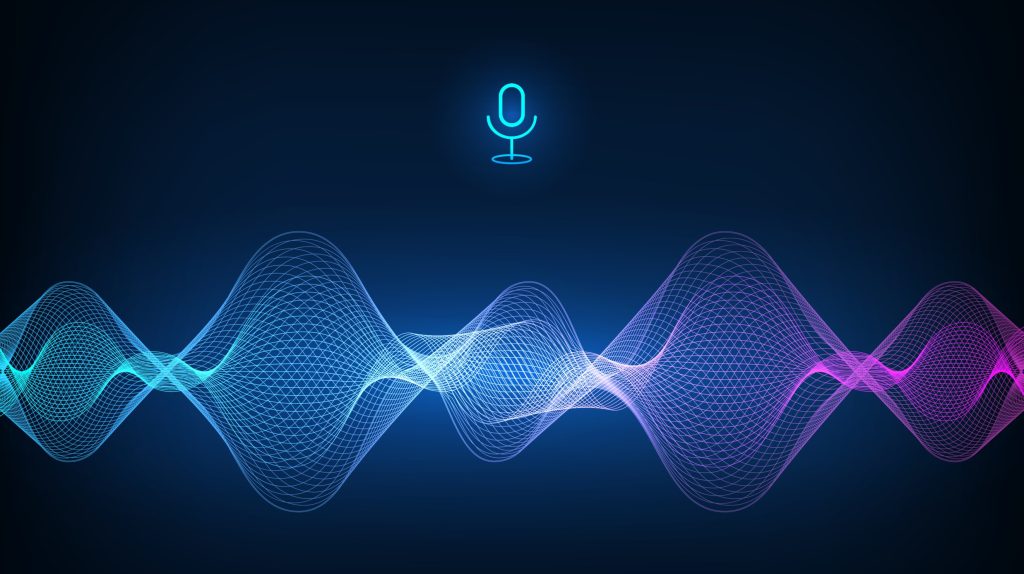The chatbot you knew five years ago? It’s long gone.
Welcome to Conversational AI 2.0—where chatbots aren’t just answering questions; they’re predicting needs, initiating actions, and becoming active participants in business processes. We’ve moved from rule-based responders to intelligent assistants that think, learn, and guide users with a human-like flair.
In this blog, we’ll explore how AI-driven conversational systems are transforming from reactive tools into proactive business allies—and what this evolution means for your customers, your teams, and your bottom line.
From Reactive to Proactive: What’s the Difference?
Reactive chatbots wait. They respond only when a user initiates contact. Think: “What are your business hours?” or “Where’s my order?”
Proactive chatbots, however, lead the conversation. They:
- Anticipate user intent
- Offer support before it’s asked for
- Suggest next steps based on behavioral context
- Trigger automated workflows on behalf of the user
Imagine your chatbot reminding a customer about an abandoned cart, notifying HR about a pending timesheet approval, or suggesting documents to a new hire—without anyone prompting it. That’s Conversational AI 2.0.
What’s Powering This Evolution?
Several technological advancements are driving this shift:
- Natural Language Understanding (NLU) and Context Retention: Modern chatbots grasp not just what was said, but what it means. By remembering user preferences and past interactions, they deliver context-rich conversations—more relevant, more accurate, and more human.
- Machine Learning & Predictive Analytics: Chatbots can now learn from data—clicks, queries, sentiment, and outcomes—to make smarter suggestions. The more it talks, the better it gets.
- Integration with Enterprise Systems: Chatbots are being deeply embedded within CRMs, ERPs, HRMS, and ITSM tools—allowing them to pull data, trigger actions, and close loops autonomously.
- Multichannel Presence: From websites to WhatsApp, Slack to voice assistants, modern AI chatbots are omnipresent—and they maintain a consistent, continuous experience across platforms.
Business Benefits of Proactive Conversational AI
- Higher Customer Engagement: Users respond more to timely, contextual nudges than static FAQs.
- Increased Conversions: Proactive product suggestions, follow-ups, and cross-sell prompts drive sales.
- Operational Efficiency: Internal bots streamline workflows, approvals, and repetitive requests across departments.
- Employee Enablement: Proactive bots onboard, guide, and support teams without overwhelming HR or IT.
Use Cases Across Industries
- Retail: Suggesting size based on past orders or notifying about restocks.
- Healthcare: Reminding patients about medication, upcoming appointments, or billing due dates.
- Finance: Alerting customers of unusual account activity or nudging them toward saving goals.
- HR: Following up on pending reviews, nudging employees to complete compliance training.
How to Get Started
- Start with Intent Mapping: What are your users asking—and what aren’t they asking that they should be?
- Choose the Right Platform: Ensure your chatbot can support integrations, machine learning, and automation logic.
- Design for the Journey: Don’t just answer questions—guide users to the next best step.
- Test, Learn, Improve: Use analytics and feedback loops to continuously refine your bot’s proactivity.
Final Thoughts: Your Chatbot, But Smarter
Conversational AI 2.0 isn’t just an upgrade—it’s a shift in how businesses engage. By evolving your chatbot from a passive responder to a proactive assistant, you’re not just keeping up with tech trends—you’re transforming customer and employee experiences in ways that matter.

